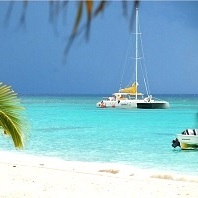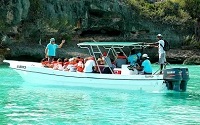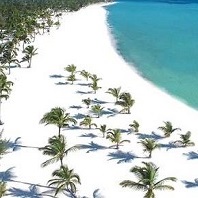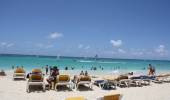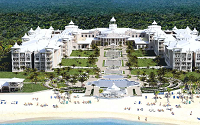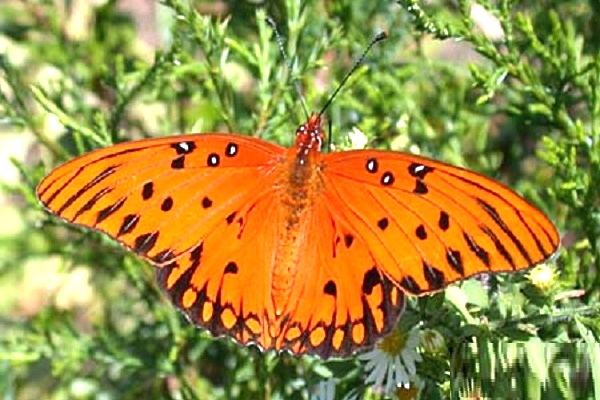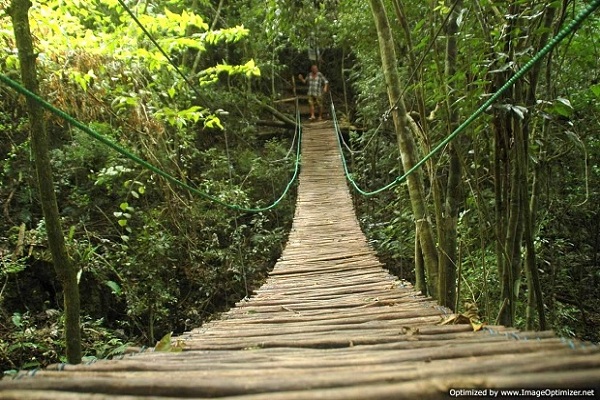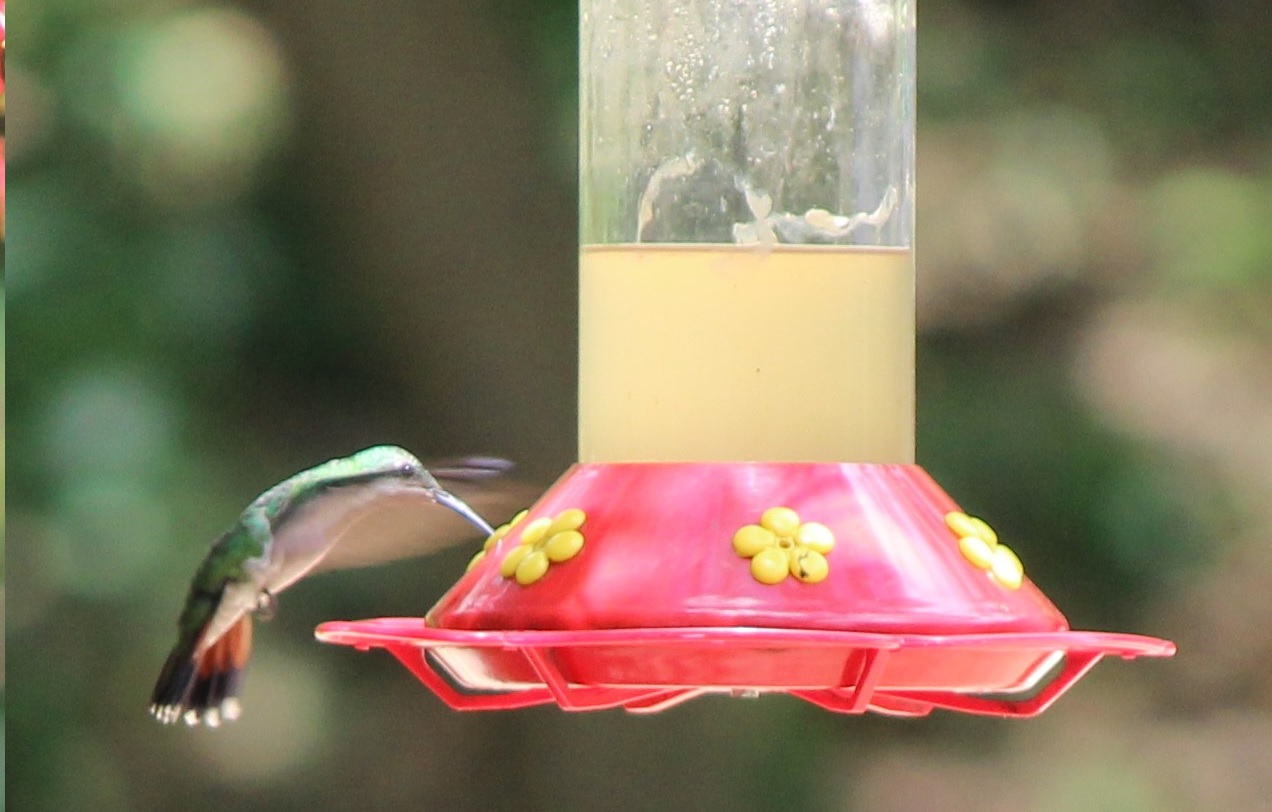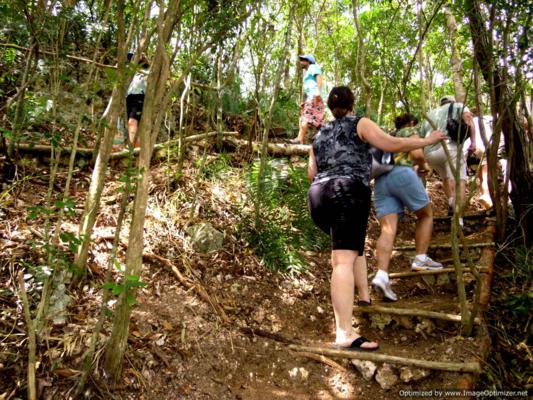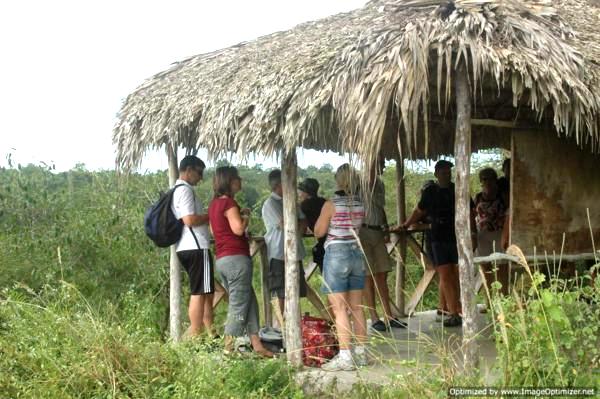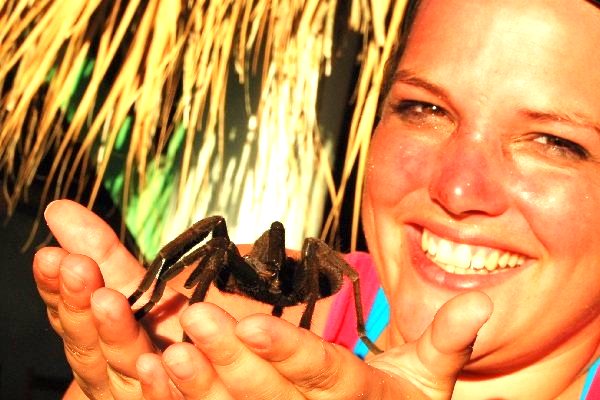National Parks near Punta Cana.
Parque Nacional del Este
The Parque Nacional del Este is located 50 kilometers (30 miles) south west of Punta Cana (near Boca de Yuma and Bayahibe).
This park, featuring Saona island with its numerous beautiful beaches, sea grasses, and coral reefs, showcases some of the best of the Dominican Republic's natural features, including the tropical moist forest, mangroves, and limestone karts topography of the mainland.
The Dominican Republic may be small, but it does not lack for biodiversity - this park contains more than 570 species of plants and 163 species of birds.
Many Dominican mammals are represented within the Parque Nacional Del Este. The Hispaniolan solenodon, a small, shrew-like mammal, and the hutia, a large rodent, are both endemic to the Caribbean and threatened with extinction. In addition, there are rhinoceros iguanas, six species of snakes, ten species of lizards, and three species of crabs.
Endangered marine species include the Caribbean manatee and loggerhead, green, and hawksbill turtles.
The part of the park located on the main island boasts real rainforest and can be visited with organized jungle excursions.
Los Haitises National Park
Los Haitises National Park is a great deal wilder and more rugged than the Parque Nacional del Este. Haitises is the word for "highlands" or "mountain range" in the native Taino Indian language. This is a large park - 1,600 square kilometers - and much of it is reserved exclusively for wildlife, rather than being open to the public. This hidden world boasts untouched mangrove forests, Taino cave drawings, secluded beaches, and even pirate hideouts.
You can find the park +- 150 kilometer (100 miles) North-West of Punta Cana. A transfer to this park takes +- 3 hours one way.

